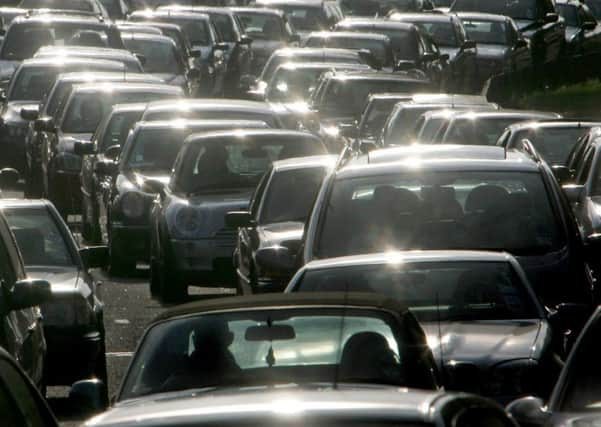What next for transport in Leeds?


Listen to the doom-mongers and the former is the case, especially after the scrapping of Leeds’s long-delayed £250m New Generation Transport (NGT) trolleybus scheme.
Dig a little deeper, however, and there are various reasons to be cheerful about what comes next for the city.
Advertisement
Hide AdAdvertisement
Hide AdFrom new rail franchises, Routemaster-style bus proposals and ambitious park-and-ride plans to a soon-to-be opened cycle superhighway and the expansion of Leeds Bradford Airport, the times they are a-changing – and, all being well, for the better.
There is also the small matter of the £173m that the Government would have contributed to trolleybus, money that the city has been told it can keep and spend on other transport projects.
And today, at the start of a week-long Yorkshire Evening Post focus on the sector, Leeds’s civic chiefs said they were determined to seize the moment like never before.
Leeds City Council leader Coun Judith Blake told the YEP: “We clearly know that £173m is not going to deliver us the transport system we need by itself.
Advertisement
Hide AdAdvertisement
Hide Ad“However, we have already been approached by people who are looking to invest funds in schemes that could tie in with housing or office developments.
“I also have to say there is a feeling of excitement at how things have now opened up for us.
“I know there are lessons to be learned from what has happened over the last 20, 25 years and how we have been treated by, I have to say, successive governments.
“What is just as important, though, is for Leeds to grasp the moment, listen to what people want and ensure we make the most of this opportunity.”
Advertisement
Hide AdAdvertisement
Hide AdCoun Blake, who has called a transport summit in Leeds on June 10, added: “The decision on NGT has clearly been hanging over us for a long time and that has meant we have not been able to pull together all the different strands and advances that have been happening around us. That has now changed.”
Coun Keith Wakefield, chair of the transport committee on the West Yorkshire Combined Authority, which includes what was Metro, was in similarly upbeat mood.
He said: “Recent key combined authority wins in transport include the new Apperley Bridge rail station and Leeds City Station’s southern entrance, which are already in place, and the new Kirkstall Forge and Low Moor stations and City Connect [cycle superhighway] are due to open soon.
“While we were frustrated at the decision on NGT following the Department for Transport’s lengthy approval process, the £173m committed for developing transport in Leeds will enable us to build upon these achievements.
Advertisement
Hide AdAdvertisement
Hide Ad“We are already progressing a 10-year, £1bn Transport Fund programme of strategic transport schemes designed to accelerate growth and create up to 20,000 jobs ... and we will be using the £173m to invest in transport projects that will help connect people to opportunities across Leeds and from the wider city region network.”
A report produced by the city council late last year also makes it clear there is a belief in the local corridors of power that Leeds is approaching a “defining moment” in its history.
The report details how past investment in transport – from the completion of the Leeds and Liverpool Canal in 1816 to our emergence as a ‘motorway city’ in the 1970s – has repeatedly driven Yorkshire’s unofficial capital forward.
And it states that similarly bold thinking will be required to bring Leeds’s various transport projects – be they road, rail, air, cycling or walking – together in an integrated way that will help the thriving city centre in particular.
Advertisement
Hide AdAdvertisement
Hide AdThe report says: “We have an opportunity to nurture economic growth opportunities through a transport system that can move more people to a denser and more productive city centre. Public transport provides for the optimum mass movement of people and helps to free up the city from traffic [and] also to attract visitors and residents to create a family friendly city centre.
“For Leeds to prosper as a 21st century city we need a new approach to the way we think about transport in Leeds and rethink the way we travel into and around the city centre.”
The report, entitled Our Transport Vision for a 21st Century Leeds, lists 25 schemes – some already under way, others that are aspirations for the future – that are designed to keep the city on the move.
They include improvements to Leeds City Station and a new East Leeds Orbital Road linking the A6120 at Red Hall with junction 46 of the M1.
* Tomorrow: What does the future hold for transport in the very heart of Leeds?